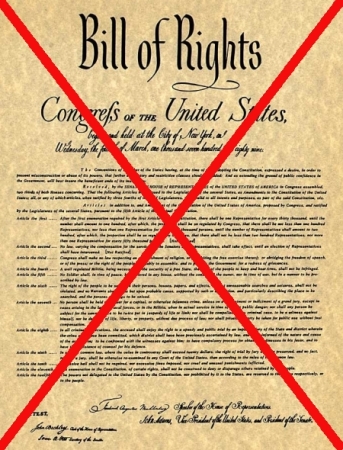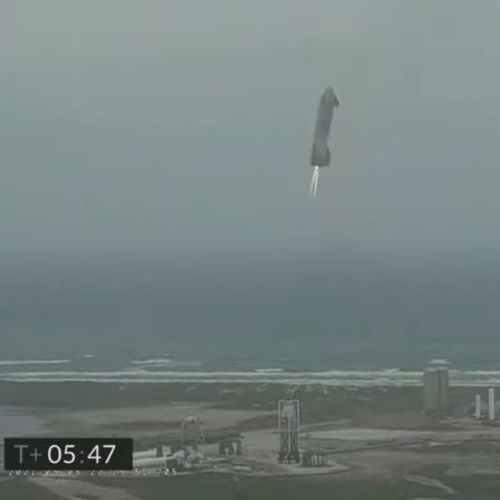NASA picks two missions to fly to Venus later this decade
NASA today announced two new missions to go to Venus to study its atmosphere and surface, both scheduled to launch sometime between 2028 and 2030.
One, dubbed DAVINCI+, send a probe into Venus’s atmosphere, both to measure its gases as well as taken the first high resolution images of a unique Venusian geological called “tesserae.” On radar images tesserae regions appear to be high plateaus cross-cut with many sharp ridges.
The second, dubbed VERITAS, will be a radar-orbiter designed to map the planet’s surface at higher resolution than the earlier Pioneer and Magellan radar orbiters. It will also do this:
VERITAS also will map infrared emissions from Venus’ surface to map its rock type, which is largely unknown, and determine whether active volcanoes are releasing water vapor into the atmosphere.
That data will help tell us whether there are now active volcanoes on Venus. The data we presently have suggest it is a planet of many volcanoes, numbering in the millions. That data has also hinted at the possibility that some are active. VERITAS will attempt to find out.
NASA today announced two new missions to go to Venus to study its atmosphere and surface, both scheduled to launch sometime between 2028 and 2030.
One, dubbed DAVINCI+, send a probe into Venus’s atmosphere, both to measure its gases as well as taken the first high resolution images of a unique Venusian geological called “tesserae.” On radar images tesserae regions appear to be high plateaus cross-cut with many sharp ridges.
The second, dubbed VERITAS, will be a radar-orbiter designed to map the planet’s surface at higher resolution than the earlier Pioneer and Magellan radar orbiters. It will also do this:
VERITAS also will map infrared emissions from Venus’ surface to map its rock type, which is largely unknown, and determine whether active volcanoes are releasing water vapor into the atmosphere.
That data will help tell us whether there are now active volcanoes on Venus. The data we presently have suggest it is a planet of many volcanoes, numbering in the millions. That data has also hinted at the possibility that some are active. VERITAS will attempt to find out.





